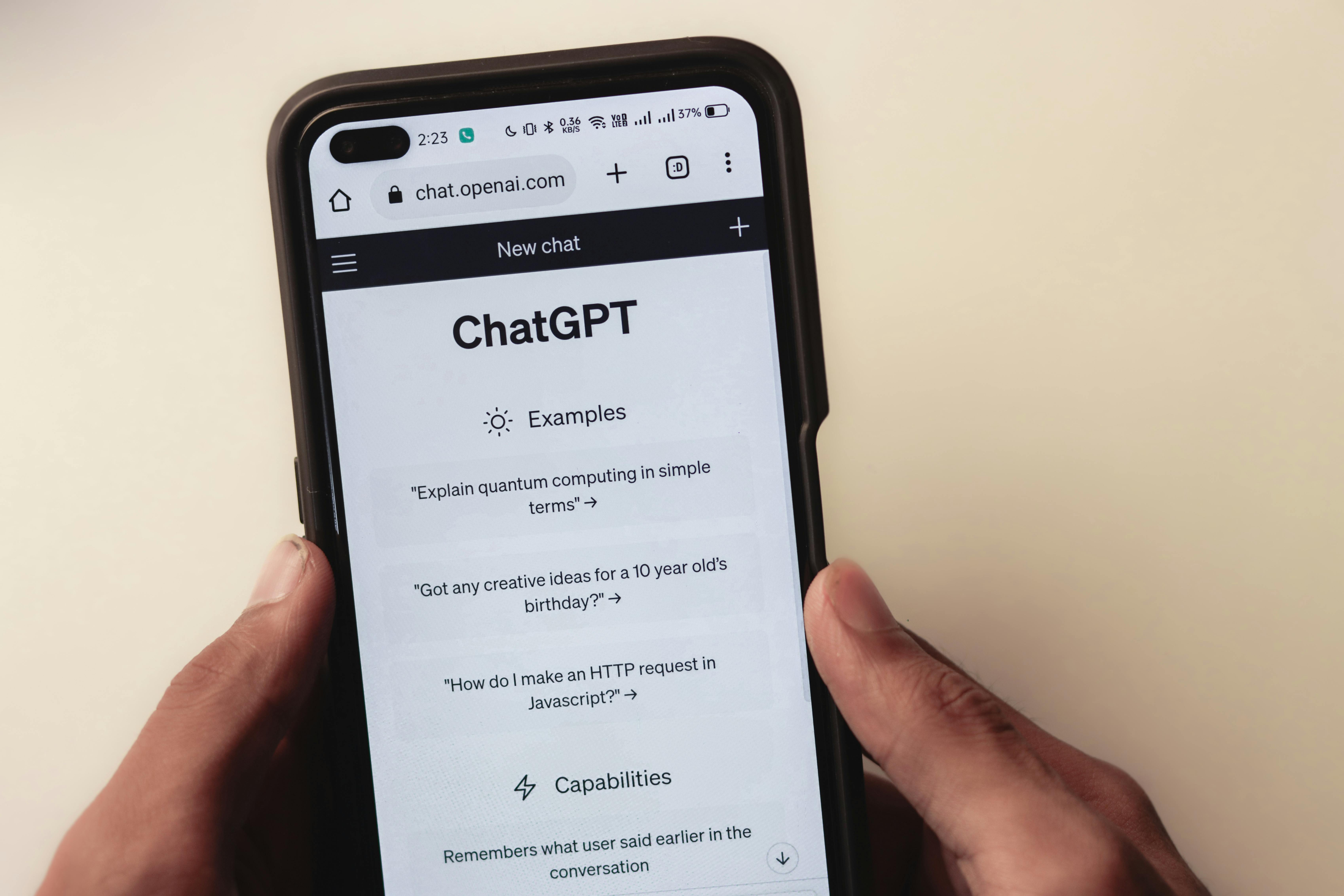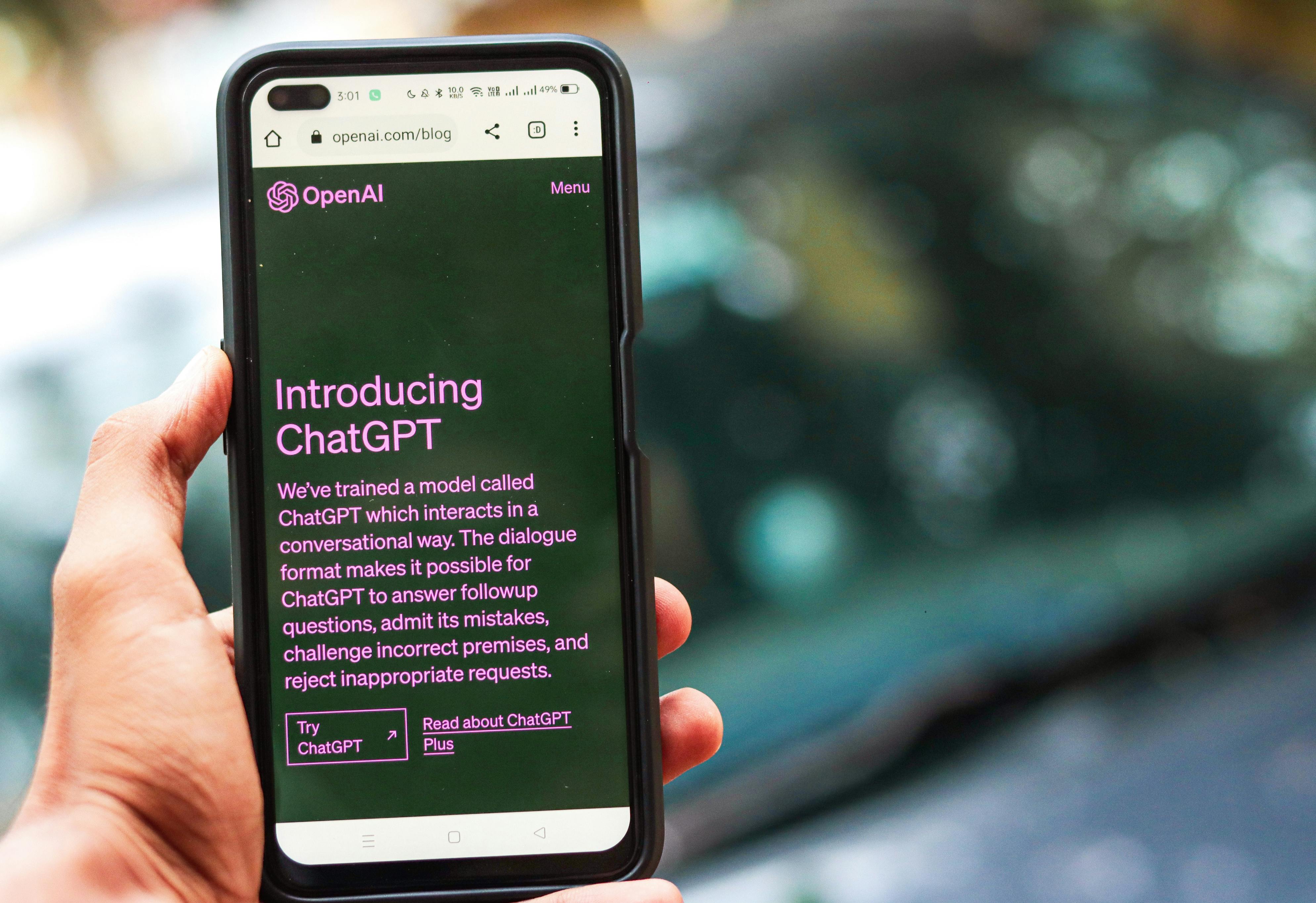🕓 Estimated Reading Time: 5 minutes
Overview
In a significant move poised to redefine the future of wireless communication, the AI-RAN Alliance has announced a strategic collaboration with the Linux Foundation. This partnership aims to accelerate the integration of Artificial Intelligence (AI) into Radio Access Networks (RAN), fostering an open and intelligent ecosystem vital for next-generation cellular technologies, including 6G. The collaboration leverages the Linux Foundation's extensive experience in open-source project hosting and community building, combined with the AI-RAN Alliance's expertise in defining AI-driven innovations for RAN.

Background & Context
The evolution of cellular networks has reached a pivotal point where the complexity and scale of operations necessitate a transformative approach. Traditional network architectures, while robust, often struggle with dynamic optimization, energy efficiency, and the seamless integration of new services. This challenge has given rise to the concept of Open RAN, advocating for disaggregated, open, and intelligent network components to promote innovation and reduce vendor lock-in. Building on this foundation, the convergence of AI with RAN, often referred to as RAN AI, seeks to embed intelligence directly into the network's core and edge.
The AI-RAN Alliance, established earlier this year, brings together leading industry players such as Arm, Ericsson, Intel, Nokia, NVIDIA, Samsung, and SoftBank. Its primary objective is to drive the technical specifications, use cases, and open-source contributions necessary for integrating AI into wireless communication infrastructure. This includes leveraging AI for tasks like spectrum management, resource allocation, predictive maintenance, and optimizing network performance and energy consumption.
The Linux Foundation, renowned for its stewardship of numerous critical open-source projects across various industries, provides an ideal ecosystem for this initiative. Its expertise in fostering collaborative development, managing intellectual property, and ensuring broad industry adoption through open standards and code aligns perfectly with the AI-RAN Alliance's goals. This collaboration will help standardize the development and deployment of AI-driven solutions within RAN, accelerating the transition towards more autonomous and efficient networks. The partnership signifies a shared commitment to developing open, interoperable, and scalable AI solutions for the telecommunications sector.
Implications & Analysis
The collaboration between the AI-RAN Alliance and the Linux Foundation is set to have far-reaching implications for the global telecommunications landscape. By hosting the Alliance's work, the Linux Foundation will provide a neutral, vendor-agnostic environment for developing open-source code and technical specifications. This framework will enable the entire industry to contribute to and benefit from advancements in RAN AI, moving beyond proprietary solutions.
One of the primary benefits of this partnership is the acceleration of research and development in AI for wireless networks. Joint working groups will focus on various critical aspects, including network automation, edge AI capabilities, and optimizing RAN performance through machine learning algorithms. This approach is expected to significantly enhance network intelligence, allowing for dynamic resource allocation, predictive fault management, and improved quality of service for end-users.
Furthermore, the integration of AI is crucial for addressing the increasing energy consumption of mobile networks. By using AI to intelligently manage network resources and adapt to real-time traffic patterns, operators can achieve substantial energy savings, contributing to more sustainable network operations. This focus on efficiency and sustainability is a key driver for long-term telecom innovation.
The move also strengthens the broader Open RAN ecosystem. As AI-driven functionalities become standardized and open-sourced, it lowers the barrier to entry for new players, fostering a more diverse and competitive vendor landscape. This can lead to reduced operational expenditures (OpEx) and capital expenditures (CapEx) for network operators, ultimately benefiting consumers through improved services and potentially more affordable connectivity.

Reactions & Statements
The announcement has been met with positive reception from leaders within both organizations, underscoring the strategic importance of this collaboration for the future of telecommunications.
'The Linux Foundation's proven track record in fostering open innovation and their robust governance model make them the ideal partner to host the AI-RAN Alliance,' stated Arpit Joshipura, General Manager, Networking, Edge, and IoT, at the Linux Foundation, as reported by PR Newswire. 'This collaboration will enable the development of essential open-source AI software and standards, critical for advancing wireless networks globally.'
Representatives from the AI-RAN Alliance echoed this sentiment, emphasizing the mutual benefits. Sachio Koyama, SoftBank Corp. and a board member of the AI-RAN Alliance, highlighted the significance of the partnership:
'Our collaboration with the Linux Foundation is a crucial step towards creating an open, interoperable, and AI-powered RAN ecosystem,' said Sachio Koyama, as quoted in the press release. 'By combining our expertise in wireless and AI with the Linux Foundation's open-source leadership, we can accelerate the development and adoption of AI-driven solutions that will revolutionize network performance and efficiency.'
These statements reflect a shared vision for an open, collaborative approach to integrate RAN AI into existing and future network architectures. The consensus is that only through collective effort and open standards can the industry unlock the full potential of AI for wireless communications.
What Comes Next
The immediate next steps for the AI-RAN Alliance, under the stewardship of the Linux Foundation, involve establishing dedicated technical working groups. These groups will focus on defining specific use cases for RAN AI, developing architectural frameworks, and contributing open-source codebases. Initial areas of focus are expected to include efficient data collection and processing for AI models, AI model deployment and lifecycle management within the RAN, and ensuring the interoperability of AI components across different vendor solutions.
The partnership will also prioritize outreach and engagement with a broader community of developers, researchers, and industry stakeholders. The goal is to encourage widespread participation, driving rapid innovation and ensuring that the developed solutions are robust, scalable, and globally applicable. Regular updates on progress, including technical specifications and open-source releases, are anticipated as the work evolves.
Longer term, this collaboration is expected to play a critical role in shaping the foundational technologies for 6G networks. As networks become more intelligent and autonomous, the integration of AI will be paramount for managing the unprecedented data volumes, ultra-low latency requirements, and massive device connectivity envisioned for future generations of wireless communication. This proactive step in telecom innovation aims to lay the groundwork for these future capabilities.
Conclusion
The collaboration between the AI-RAN Alliance and the Linux Foundation represents a significant milestone in the journey towards intelligent, efficient, and open wireless networks. By combining forces, these entities are poised to drive the necessary open-source development and standardization efforts required to embed AI deeply within Radio Access Networks. This strategic alliance will not only accelerate the deployment of advanced AI functionalities but also foster a more collaborative and innovative ecosystem for the entire telecommunications industry. The move promises to unlock new efficiencies, enable novel services, and establish the foundational technologies essential for the next generation of global connectivity.
Comments
Post a Comment